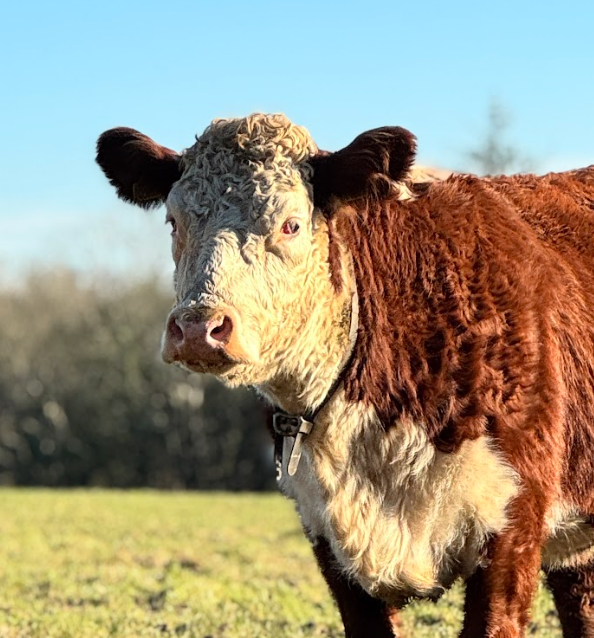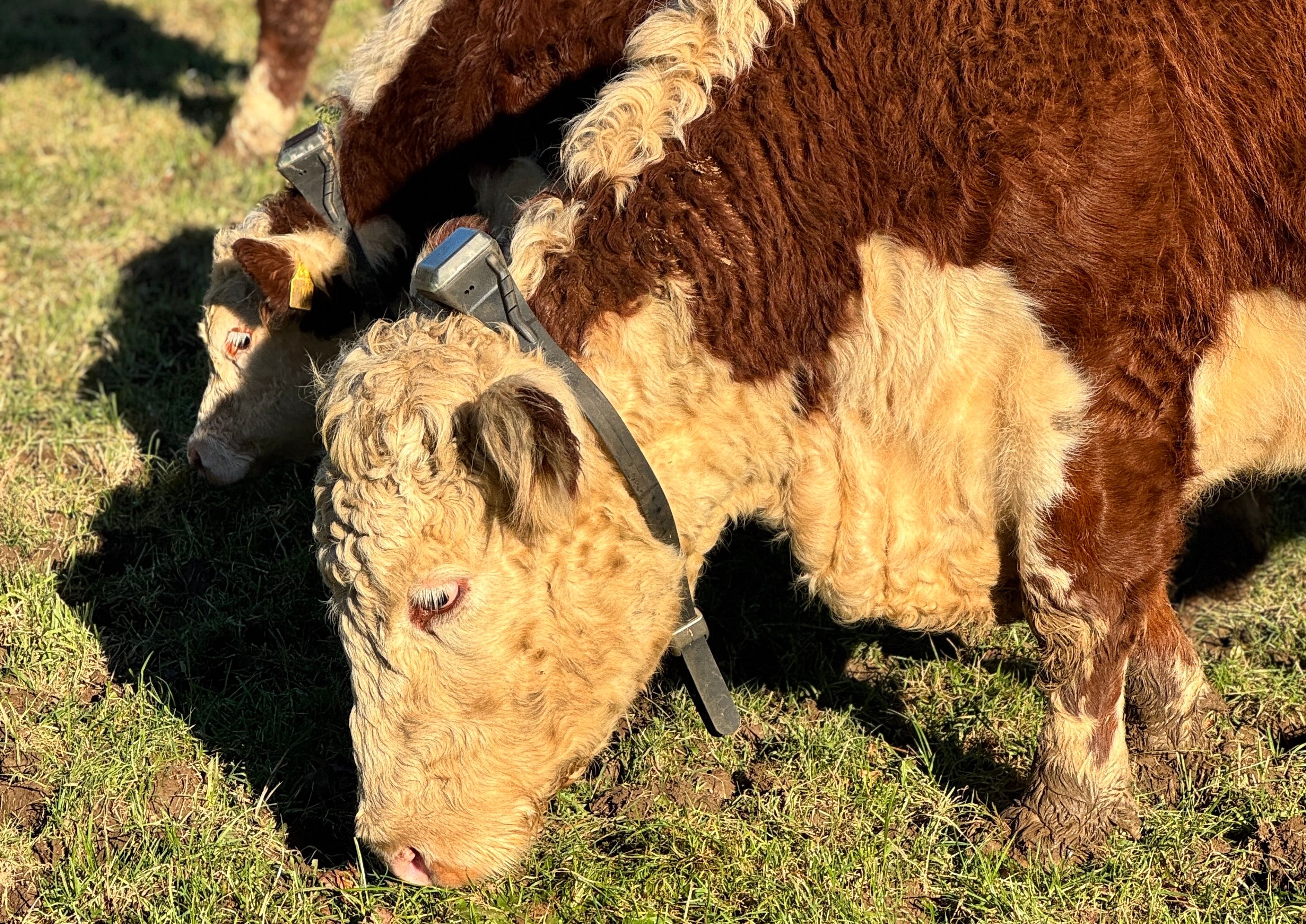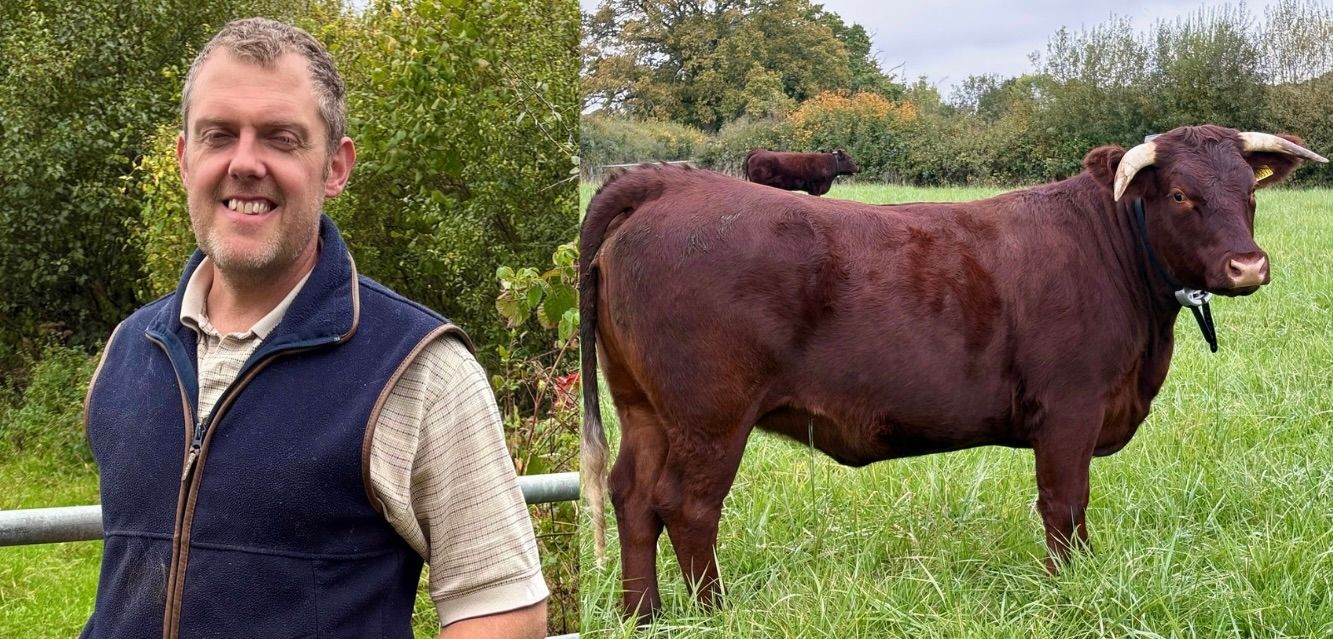Smart Grazing: How Monil’s Virtual Fencing is Transforming Hill and Upland Farming for Quality Meat Scotland


Our virtual fences redefine how hill and upland suckler herds are managed by providing farmers with flexibility and efficiency. We’re therefore excited to announce that four Monitor Farms (https://www.monitorfarms.co.uk/) across Scotland will be putting our technology to use over the next two years, The farms, in collaboration with Quality Meat Scotland, will evaluate its cost-benefit impact in real-world farming conditions.
A New Era for Hill Farming
Managing cattle in vast, unfenced landscapes has long been a challenge for farmers. It requires significant labor, time, and resources. Our virtual fencing system eliminates these barriers by allowing farmers to create flexible, app-controlled grazing areas. Cattle are contained within virtual boundaries, and their location and activity are tracked in real-time. This innovation has the potential to enhance productivity, optimize land use, and improve animal welfare, all while reducing operational costs.
Monitor farms will be looking closely at the labor savings from the technology. Christine Cuthbertson, Monitor Farm regional adviser overseeing the trial says: “This technology has potential to revolutionise suckler management on hill and upland farms. It could help retain cows in these environments as it tackles many of the issues facing herds.”

Four Farms Leading the Way
Each of the four participating Monitor Farms has specific goals in mind for the trial, ranging from optimizing grazing to enhancing biodiversity and reducing labor demands.
- Argyll - The Archibald Family, Craigens Farm: Trialing virtual fencing with 25 of their 225 Aberdeen Angus cows, they aim to make better use of ungrazed hill land while improving biodiversity and reducing safety risks associated with bogs and ditches.
- South Ayrshire - John and David Andrew, Blair Hill Farm: Will use the technology to manage their 150 breeding cattle more efficiently during calving to reduce time spent on checks and minimizing fuel use.
- Stirlingshire - The Duncan Family, Lands of Drumhead and Inveruglas: Focusing on ease of cattle location, improved safety, and targeted grazing management to improve grass quality for sheep and reduce bulling time.
- Strathspey - The Smith Family, Auchernack: will assess targeted grazing to increase biodiversity on species-rich habitats and look into tightening calving periods.
The Power of Smart Farming
For farmers like Craig Archibald, virtual fencing presents an opportunity to optimize land use and increase productivity. By successfully grazing 25 cows and calves on rough pasture in summer, Craig hopes to save his improved ground for silage, with the potential for extending grazing into autumn and winter. Likewise, John and David Andrew in South Ayrshire see a clear advantage in reducing the time and fuel spent checking on calving cows.
Beyond the operational benefits, the technology is expected to contribute to the environment. Keeping cattle away from sensitive areas supports biodiversity initiatives which align with Scotland’s broader sustainability goals.
A Collaborative Effort
At Monil, we understand that successful adoption of new technology depends on solid support and training. That’s why our Head of Farmer Success, Ann Elinor Aasen, has been hands-on with each Monitor Farm to ensure seamless implementation. Ann Elinor says: “This trial is an exciting opportunity to demonstrate how virtual fencing can transform livestock management. By enabling precise grazing control without the need for physical fences, farmers can optimise pasture use, improve herd welfare, and reduce labor demands - all while enhancing sustainability on their farms.”
Overseeing the trial is independent consultant and livestock specialist Dr. Tony Waterhouse. He says: “It's fascinating to see how the farmers already plan to use this new technology to improve their cattle and grazing management. The goal is to see how this works out for them, and how it helps them in the challenging job of keeping cattle in Scotland's hills.”
Christine adds: “This will be a very practical ‘warts and all’ trial in real farm conditions. We will be holding a series of open meetings at each of the farms over the trial, as well as reporting regularly in the press, social media and online. It’s revolutionary technology and we are looking forward to seeing how it performs on the Monitor Farms over the next two years.
Looking Ahead
Over the next two years, this ‘warts and all’ trial will provide invaluable insights into the real-world application of virtual fencing. Regular updates will be shared through farm open meetings, social media, and industry reports, ensuring transparency and learning opportunities for the wider farming community.
This trial represents a major step forward in modern livestock management, proving that technology can enhance both productivity and sustainability. At Monil, we are proud to be at the forefront of this transformation, working alongside farmers to bring practical, effective solutions to the challenges of hill and upland farming.
Stay tuned for more updates as we follow the progress of Scotland’s Monitor Farms and witness the future of smart farming unfold.
For the original press release from QMS here.
Thinking about virtual fences?
Not sure where to begin? Fill out the form below, and Oliver from our team will get in touch with a no-strings-attached offer tailored to your farm.

